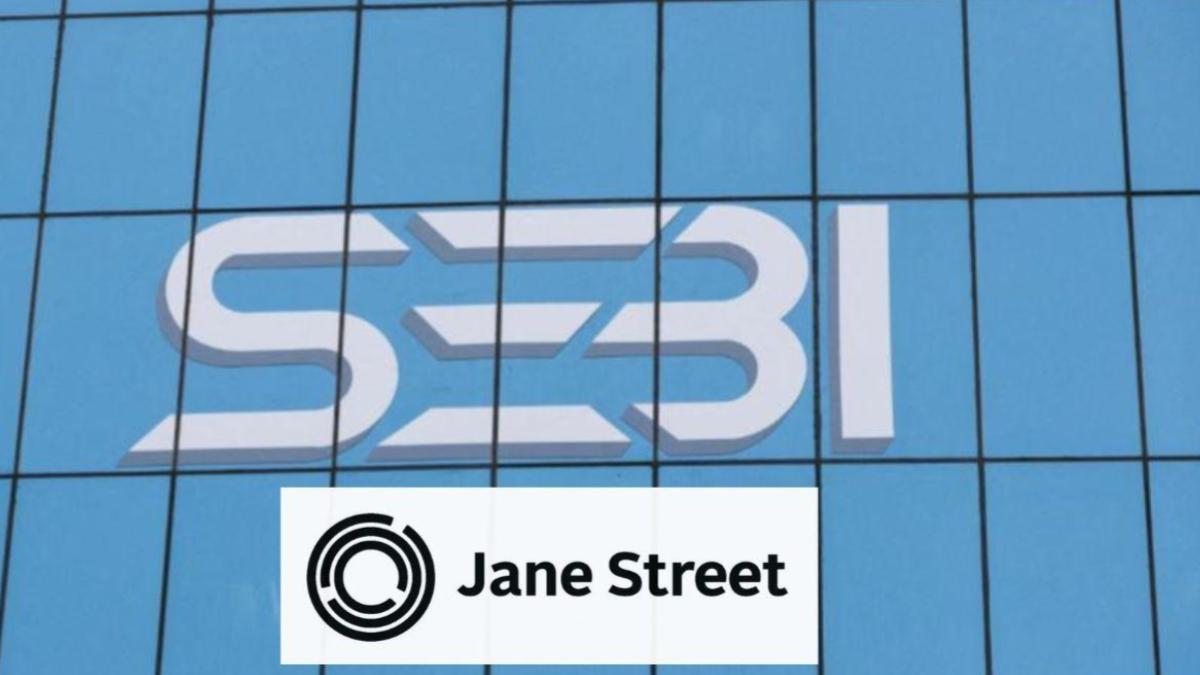The derivatives turnover has declined to multi-month lows. Weekly turnover is down nearly 20%, and through the week, the markets exhibited a muted and range-bound trend. The big question is what led to the decline. What is the impact of the SEBI ban on Jane Street? Key market observers and F&O experts believe that the absence of key market participants, particularly high-frequency trading (HFT) players such as Jane Street and similar arbitrageurs, contributed to reduced liquidity and narrower trading ranges. But that’s not the only reason.
Trading volumes in the derivatives market have been seeing incremental decline for over 5 months now. Though the recent crackdown by SEBI has weighed on sentiment, the changes in the derivative market that came into effect from July 1 also played a key role. Here is a look at the three reasons that triggered the big decline.
Three reasons why NSE, BSE turnover have declined
The three main reasons why turnover has fallen sharply-
1.SEBI bans Jane Street for manipulative trading
Last week, on July 4, SEBI issued an interim ban on Jane Street, a US trading giant, for undertaking manipulative trade in Indian markets. As per the market regulator’s 105-page report, the company had employed multiple strategies, like the “Intra-day Index Manipulation” strategy and the “Extended Marking The Close,” to earn a total profit of Rs 36,502.2 crore. Out of this, SEBI has identified Rs 4,843.57 crore as unlawful gains.
1 week on, derivative volumes have seen significant drawdown. Chandan Taparia, Senior Head Derivatives & Technicals, Wealth Management, Motilal Oswal Financial Services, highlighted that “The FIIs long-short ratio is hovering near 28%, and index is witnessing some sort of pressure on upper levels. Now till holds below 25550, weakness can be seen towards the 25,222 and then 25,150 zones, while hurdles at 25,550 and then 25,650.”
While the SEBI order has created short-term disruptions, especially in the arbitrage and high-frequency trading ecosystem, the long-term outlook for Indian markets remains robust, as per Narinder Wadhwa, MD & CEO, SKI Capital Services, “As long as the regulatory environment remains transparent and no further enforcement actions disrupt a wider segment of the market, the long-term participation of international players is unlikely to be severely impacted. However, if the regulatory landscape becomes perceived as unpredictable or overly restrictive, it could deter certain quantitative and HFT players from deploying large capital here, potentially impacting liquidity and efficiency over the long term.”
2.Traders adopt wait and watch approach
That said, volumes in the near-term continue to be muted. According to Wadhwa, “Many traders adopted a wait-and watch approach, uncertain about the immediate impact of SEBI’s action. The cautious sentiment kept both Nifty and Bank Nifty in check, with some downside bias observed due to the lack of aggressive positioning. Overall, the market seemed to be digesting the implications and awaiting clarity on how deep the disruption might be in the short-term.”
“Moreover many high-frequency traders may have also desisted any aggressive trade in the last 1 week as a result of the SEBI move,” pointed out Anand James, chief market strategist at Geojit Investments. According to him, the key reason that trading sentiment was muted was also that traders wanted to avoid SEBI’s unnecessary attention, in the perspective of the latest regulatory action.
3.New SEBI rules for F&O market come into effect
The recent regulatory measures that came into effect on July 1 have also impacted volumes, as per F&O traders. Several new F&O rules have come into effect. The new Index derivative position limits have come into effect. For index options, it is capped at Rs 1,500 crore, and gross open interest positions are capped at Rs 10,000 crore. For FPIs, the cap is set at 15% of the Open Interest, or OI, equal to Rs 500 crore for Category I investors. For FPI Category II, the cap is at 5% or Rs 500 crore.
The market-wide position limit has been revised. As per the new rules, the stock-specific open interest limit has to be now be less than either 15% of free float or 65 times the average daily delivery value (ADDV) over the past three months. The minimum threshold has now been set at 10% of free float. This will be effective October 1 and is aimed at aligning derivative exposures with the cash market.
Apart from that, the weekly derivative trading expiry days have been altered too.
The big impact of new SEBI norms on contract cost
Though there hasn’t been any systemic decline in the pricing of the BSE contracts, there are some noticeable changes in market dynamics. Wadhwa highlighted that “bid-ask spreads have widened across several segments, reflecting the reduced participation of key HFT and arbitrage players who typically help in narrowing spreads and providing constant two-way quotes. This reduced liquidity has increased trading costs for market participants, particularly those executing large or time-sensitive trades.”
However, market observers pointed out that, as new players step in or existing participants adjust their strategies, the inefficiencies caused by the temporary exit of a few firms are expected to normalise.

